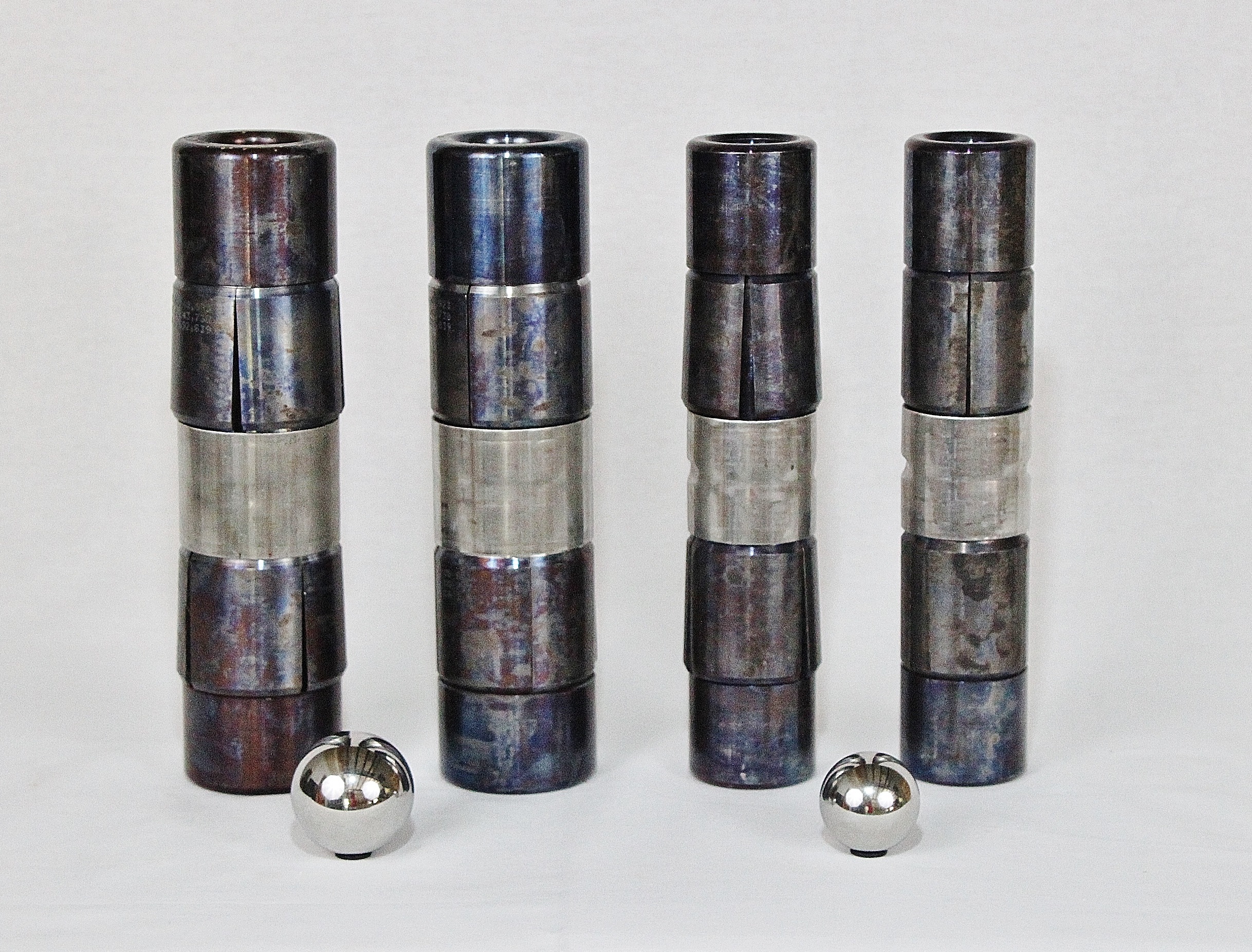PLUNGER LIFT
Plunger Lift is a free moving piston within the tubing string of a gas well. It includes a down hole bumper spring set via a wire line service, a lubricator mounted bumper spring at the surface, a surface sensor, a device for ‘catching’ the plunger, a mandatory motor valve mounted in the flow line, and an electronic controller to close and open the motor valve in conjunction with the arrival of the plunger at the surface.
For proper control of the system, the sales line is re-routed through the lubricator. Plunger Lift works best with open-ended tubing, i.e. no packer. If a packer is present, then holes can be shot in the tubing. The exception to the open-ended tubing preference is the use of the ball and sleeve plunger - a two-piece, continuous run plunger.
How does plunger lift work?
The purpose of plunger lift is to move the liquid at the bottom of the tubing toward the surface. Formation gas is the power source for moving the liquid. The plunger enables the gas to carry the fluid on its way to the surface. The control of time spent flowing, after-flowing and shut-in (closed) determines the action of the plunger. The amount of liquid to be carried and the volume/pressure of the gas are critical factors, also. Too much liquid can prevent the gas and plunger from making the trip up the tubing. Not enough fluid causes the plunger to rise too quickly, damaging the spring housing and plunger.
When the gas to liquid ratio is shifted toward liquid, then a more efficient plunger is required to conserve the gas supply. The goal is to make each MCF (thousand cubic feet) carry the maximum amount of liquid possible to the surface. An inefficient spiral plunger, for example, will let liquid slip downward, past the plunger, where it must be re-lifted a second or third time. Efficiency is not the primary problem however, when there is sufficient gas available, hence the opportunity to use the less expensive spiral plunger in an appropriate well.
Types of Plungers
Plunger Lift vs. Soap Stick Launchers
Compared with the Soap Stick Launcher, Plunger Lift can be more expensive to move from one well to another, requiring a wire line and roustabout crew. Additionally, it is an operational challenge. It can be finicky and sensitive to changing conditions such as line pressure, Controller error and, most commonly, human error.
Because surfactants react primarily with water, not oil, plunger lift is the preferred method for those wells that have a high oil cut and little water.
A candidate well should be placed on plunger lift early while well conditions are more favorable for success.



